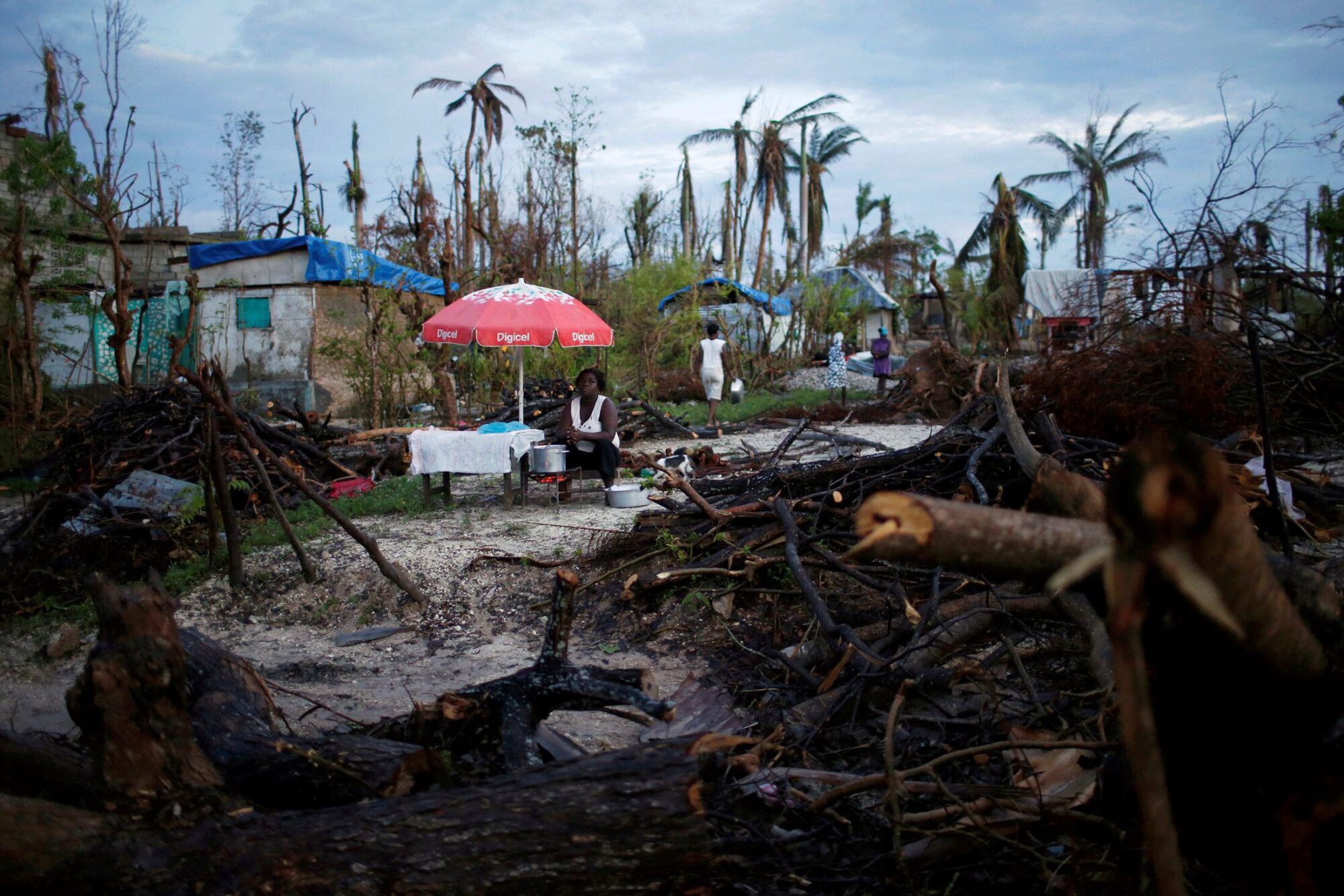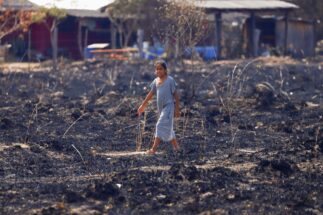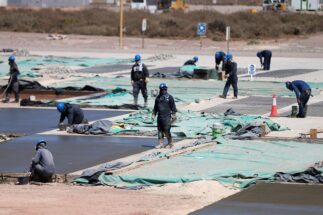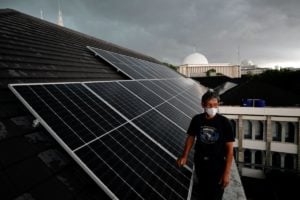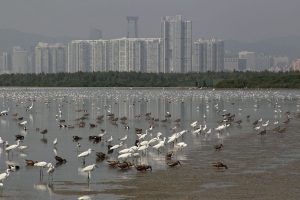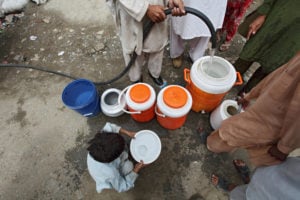Loss and damage – the term used to describe the costs of the unavoidable and irreparable damage caused by extreme weather and climate change – has been a central theme of the COP27 climate summit currently taking place in Egypt. At its opening ceremony, UN Secretary-General António Guterres warned that the outcome on this issue will determine the success or failure of the meeting.
For developing countries, loss and damage has become such a central cause given the urgency of the here and now: lives are already being lost to climate change, rivers are drying up, livestock are dying, and each passing day more alarming disasters are seen around the world. Under the G77 and China bloc, a coalition of 134 developing countries, these more vulnerable nations are demanding a specialised facility that finances material and immaterial losses caused by climate disasters.
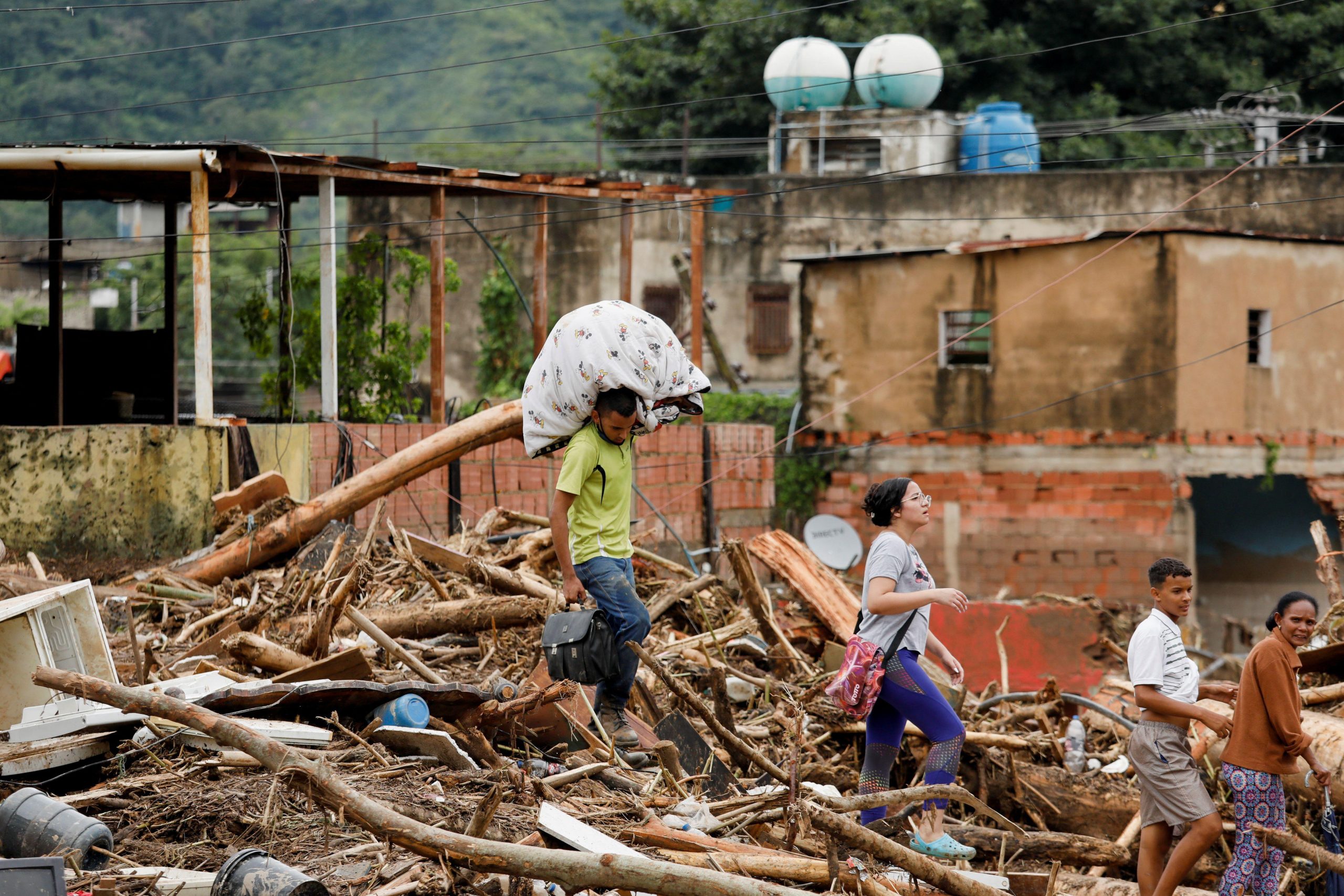
So far, several countries have made financial pledges towards loss and damage, but as the COP27 conference enters its final days, no clear conclusion has yet been reached on a dedicated fund earmarked for this purpose.
The long-standing sticking point is the issue of responsibility. Those demanding a loss and damage facility argue that developed countries must pay compensation to developing nations who, despite being responsible for a comparatively small share of global emissions, are bearing the costs of the most severe impacts of climate change.
“It is a complicated issue, because those countries that have based their development on extraction now have to put part of the wealth they have accumulated towards compensating for the damage they have committed,” said Tania Guillén, a Nicaraguan climate scientist. “They are beginning to talk about responsibilities and how to identify those responsibilities.”
Such arguments have stoked debate and been met with objections in many corners. Developed countries, in particular, have been reluctant to accept a narrative of blame, fearful that if compensation is mentioned, it could open the door to further, unpayable reparations.
Developed countries now have to put part of the wealth they have accumulated towards compensating for the damage they have committed
The United States’ special envoy on climate, John Kerry, has reportedly said his country is “anxious to see the loss and damage issue dealt with” at COP27, and has anticipated “real” talks over it, but as yet no concrete plan has been put forward.
Meanwhile, Xie Zhenhua, China’s climate envoy, told reporters that the country is open to the possibility of a loss and damage fund, but that it feels “no obligation” to contribute; despite being, currently, the world’s second largest economy and the largest annual emitter of greenhouse gases, China, which faces severe threats from climate change, positions itself as a developing country in climate negotiations.
Such exchanges are illustrative of the wavering and controversies around loss and damage. The risk, now more than ever, is that the conversation becomes increasingly diluted, descending into mere blaming and finger pointing, and ultimately coming to nothing.
The culprits
The big question is who is responsible for climate change? And who should pay for its consequences? The answer might seem simple: developed countries should pay because they are responsible for the vast majority of the emissions that drive climate change and cause loss and damage. But it is not that simple.
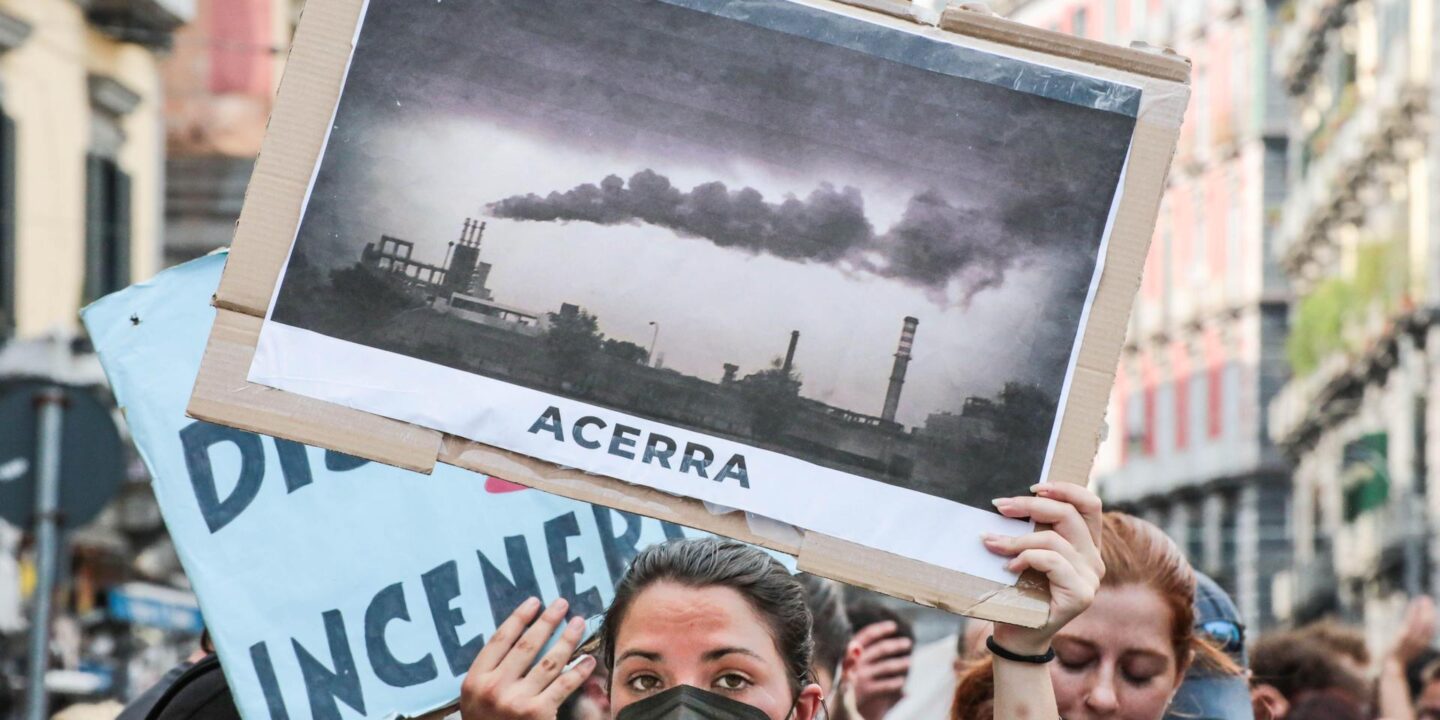
Though China is now the world’s number one emitter, in terms of total annual greenhouse gases, it is the United States that leads the way in per capita emissions, followed by Russia, Japan, China and the European Union. Further down the list of largest overall emissions, the complexity of the issue begins to show: Brazil ranks at number seven and Mexico number thirteen – both of them “developing” countries.
The classification of developed and developing countries has long been called into question: whether to place China, with a GDP of almost US$18 trillion, in the same bracket as, for example, Trinidad and Tobago, a Caribbean island nation with a GDP of US$21 billion, is open to debate. In this regard, the two do not have the same resources to face climate disasters.
There are many who argue that the culprits, then, are those that have generated the largest share of historical emissions since the industrial revolution, and who have developed their economy based on fossil fuels. By this measure, the United States is, by some distance, the number one contributor, followed by China and Russia.
Adding to the complexity, however, is the presence of developing nations Brazil, Indonesia and India among the top ten, with emissions from land use change and deforestation in these countries making significant contributions to historical emissions. To this must be added the thorny issue of data collection: depending on how these emissions are measured, and to whom they are attributed, the results and rankings can change.
How do companies making 200 billion dollars in profits not expect to contribute to a loss and damage fund?
It gets even more complex. What about private companies, and their contributions? Some companies are responsible for emissions larger than entire countries. Shouldn’t they pay for this directly? The prime minister of Barbados, Mia Mottley, in her address at COP27, suggested the idea that fossil fuel companies should pay for these damages, and their portion of the responsibility.
“It cannot just be a matter of asking state parties to do the right thing,” she told world leaders. “Oil and gas companies and those who facilitate them must be brought into a special convocation between now and COP28.
“How do companies make 200 billion dollars in profits in the last three months and not expect to contribute at least 10 cents in every dollar of profit to a loss and damage fund?”
What now for loss and damage?
“Beyond what is being discussed here [at COP27] and in developed countries, it is the needs of vulnerable communities that are important,” said Adrián Martínez, director of La Ruta del Clima, a Costa Rican NGO promoting public participation in climate action.
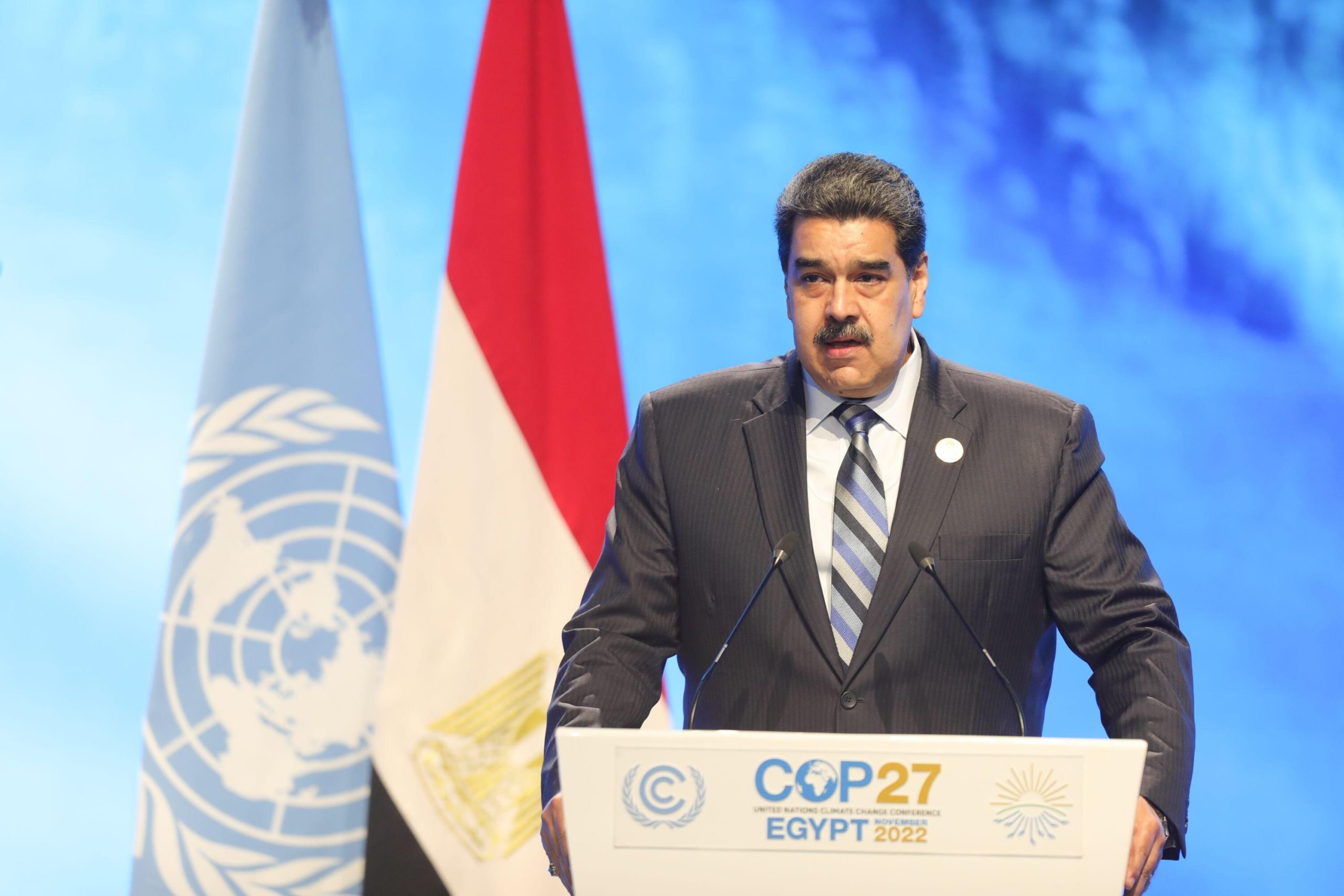
“The biggest hurdle is maintaining unity in the global south, not in a discussion that leads us to a situation of political positions,” he added. “The question is where the resources are going to come from, to provide help for the people who see their food sources destroyed every day, or see that there is no school, or no home.”
This cannot wait any longer, Martínez urged, adding that there is a sense of urgency that global north negotiators cannot understand, as they are not the ones who have to face such challenges.
Some uncomfortable questions remain to be answered. What about those developing countries of medium or high income that are currently among the main emitters – India, China, Brazil or Mexico? What happens to people within developed countries that are on lower incomes, undocumented and/or have no state protection when climate disasters arrive? Shouldn’t they have access to loss and damage remedies as well?
None of these questions are easy to answer. What is certain is that disasters linked to extreme weather events and climate change are affecting populations all over the planet.
During the pandemic, collaboration emerged at a global level: resources and technologies from capable countries were donated to others. A sense of planetary urgency arose. Climate change is similar: a planetary event that threatens the wellbeing of all. But it is a global fight that, for now, remains bogged down in attributing blame.
If leaders can channel the lessons of the Covid-19 era, a study by the Heinrich Böll Foundation suggests, this urgently needed level of global solidarity could be achieved to coordinate an international effort and ensure that vulnerable developing countries have the support they so urgently need.
COP27 continues until Friday, 18 November, though it is not uncommon for the summits to overrun as negotiations and agreements are finalised.
